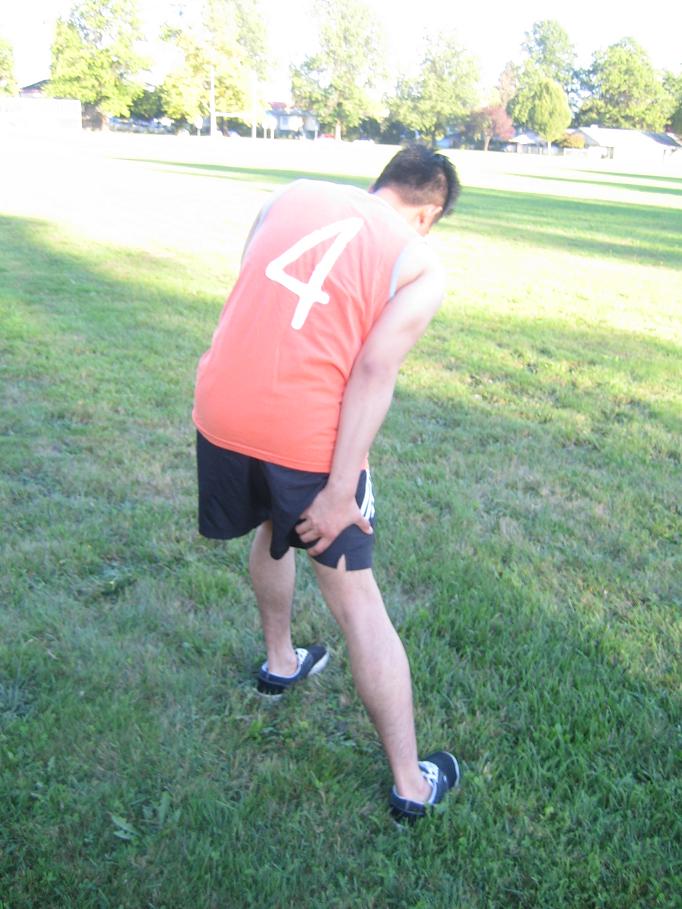A closed fracture happens when the broken bone does not penetrate the skin but can cause severe soft tissue injury. Some common closed fractures include a broken wrist, ankle fractures and hip fractures.
Symptoms of a closed fracture
- Sharp and stinging pain when the affected area is stretched or torn.
- Incapable of putting weight on the injured area.
- Grating sound can be heard and sensations when 2 broken bones rub against each other
- The affected area is tender to the touch when light pressure is applied.
- Difficulty in moving the affected area
Sharp and stinging pain when the affected area is stretched or torn. - Bruising and swelling of the area
- Loss of pulse below the fractured area
- The affected area looks pale or discolored
- The area becomes deformed or twisted
Treatment
- Limit the movement of the affected person by allowing him/her to rest.
- If there is bleeding at the area of the closed fracture or any area of the body, stop the bleeding by applying a direct pressure on the wound using a clean piece of cloth. The pressure applied constricts the blood vessels which lessens the bleeding.
- Keep the hands clean and wear gloves before touching the wound of the affected person to prevent direct contact with the blood and prevent infection.
- Immobilize the affected area using a splint to prevent unnecessary movement that can cause further displacement. Use a padded splint to immobilize the area and lessen discomfort. If it causes pain, remove the splint. If a padded splint is not available, a wood, cardboard, bundle of twigs and rolled newpaper can be placed on the affected limb and secured with a piece of belt, rope, cloth or a necktie.
- Apply an ice pack to lessen pain and swelling for 10-20 minutes. Remove the pack and allow the skin warm up before reapplying. Cold constricts the blood vessels and lessens the flow of blood to the affected area and prevents swelling. Avoid applying the pack directly on the skin to prevent frostbite. Wrap with a towel before placing on the affected area.
- Elevate the fractured limb above the level of the heart to lessen the flow of blood in the area and minimize swelling. If lying down, raise the fractured arm, hand, leg and foot on pillows.
- Take the prescribed over-the-counter pain medications such as ibuprofen to lessen the pain and inflammation.
More Information
The details posted on this page on closed fracture is for learning purposes only. To learn to recognize and manage bone injuries including a closed fracture, enroll in a first aid course with one of our training providers.
FACT CHECK
https://www.healthline.com/health/fracture
https://www.epainassist.com/bones/closed-fracture
https://www.webmd.com/a-to-z-guides/understanding-fractures-basic-information


